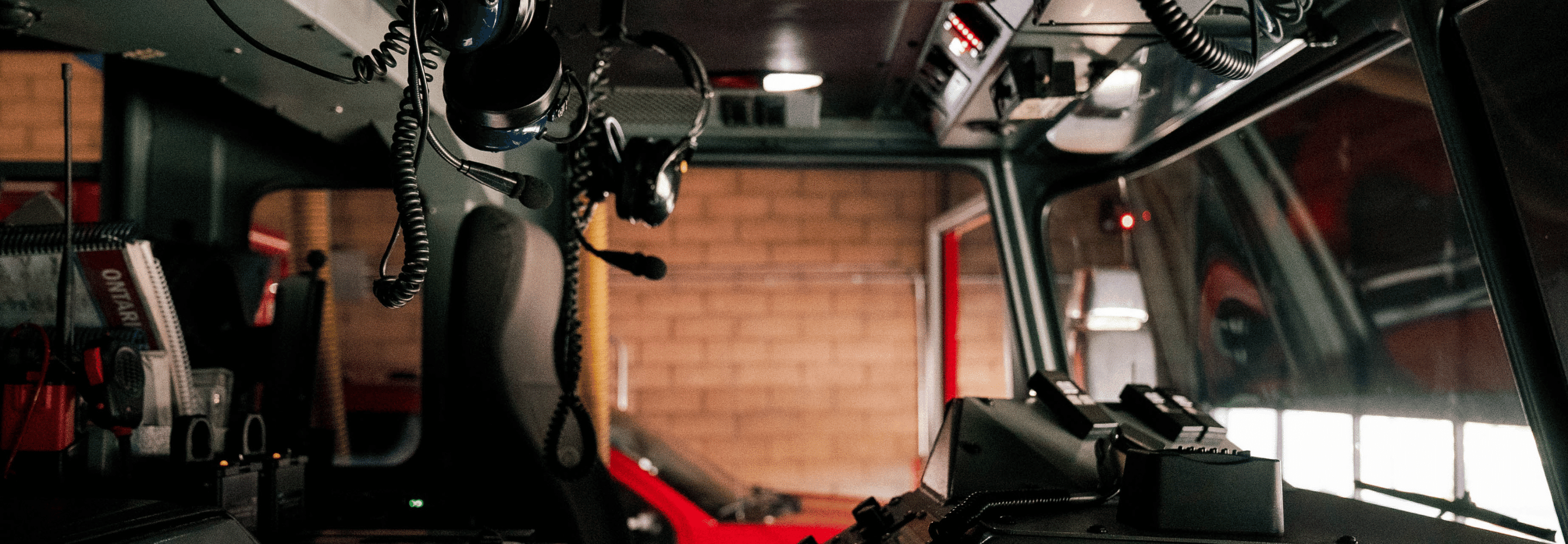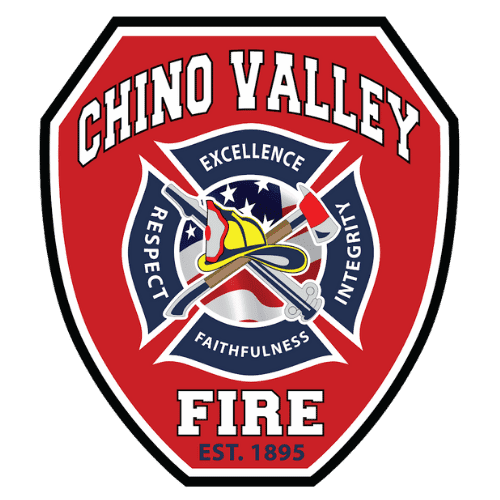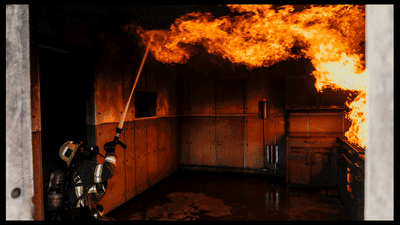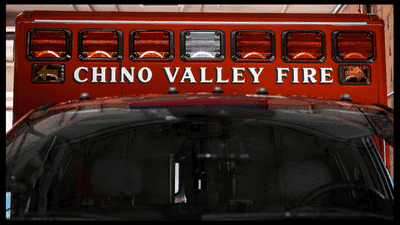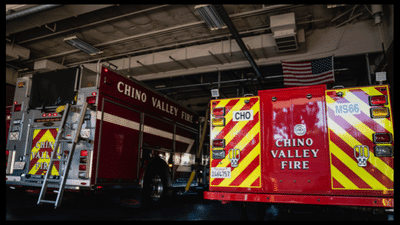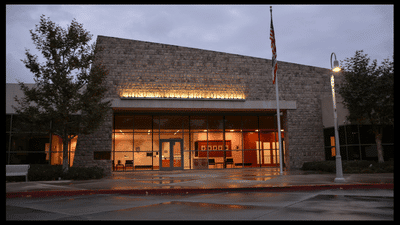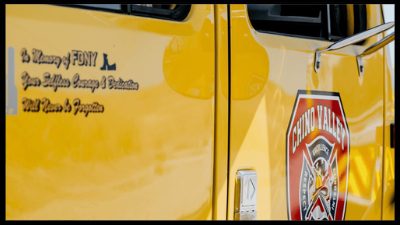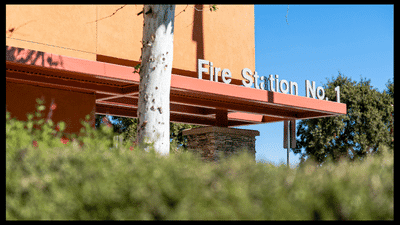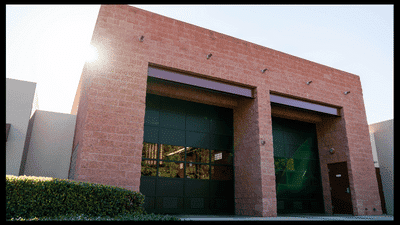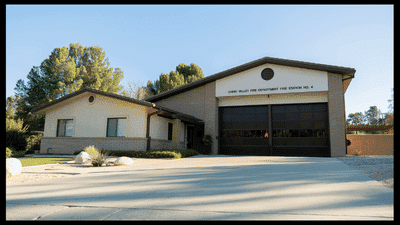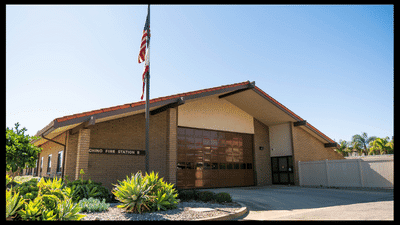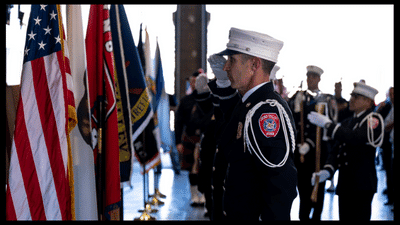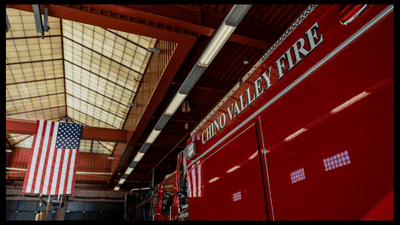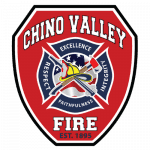In 1935, Chino city administrators determined that the city was unfairly carrying the burden of fire protection for rural residents because the city paid for protection, but rural residents did not. In addition, city administrators stated that every alarm in the rural district took city-funded fire protection services away from city residents. As a result, the people voted to form The Chino Rural Fire Department as a separate entity established under the Health and Safety Code, Section 14400.
Women’s Auxilary Fire Group
In April 1942, the city council approved Chief Wagner’s recommendation to organize a women’s auxiliary fire group. During World War II, the workforce was critically low, so the women’s group was established to aid with fire suppression within Chino’s 93 square mile area. The women learned about fire suppression, apparatus operation, and life-saving techniques. Every auxiliary member was trained to:
- Fight fires
- Render first aid (including machine-operated resuscitation and inhalation)
- Make forcible entry
- Understand salvage operations
- Operate communications
- Know radio codes
This group of women gave many hours of valuable service to the community and helped keep their neighbors safe from the harmful effects of fire.
Organization and Personnel Expansions
In May 1946, the city council approved Chief Wagner’s request for a second full-time fireman so that two men would be on duty during each shift. The city hired Howard Schroyer as their second full-time fireman, and the rural district hired Lester Hemstreet as their second full-time fireman.
In January 1949, the city council took a significant step forward in the fire service when they approved Chief Wagner’s recommendation to establish a fire prevention bureau through ordinance number 216. Vern Kage was hired as the first fire inspector fireman.
In August 1952, the city council approved Chief Wagner’s recommendation to hire a full-time person in the fire prevention bureau. The agreement stipulated that the rural fire commissioners would pay half the salary. As a result, Andy Andersen was hired as the second full-time fire prevention officer. In September 1952, the city council approved Chief Wagner’s recommendation for a full-time assistant chief. It was again stipulated that the rural fire commissioners would pay half the salary. Howard Schroyer was promoted to the full-time paid position of assistant fire chief. In October 1952, the fire inspectors’ cart was purchased for use in the city and the rural district.
